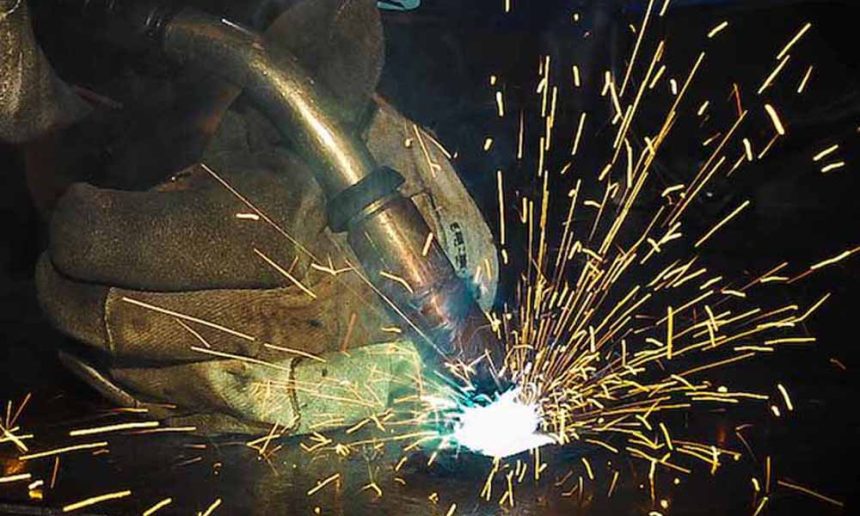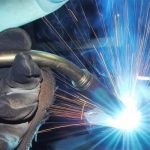Welcome to a comprehensive guide on improving your MIG welding techniques. Whether you are a beginner or an experienced welder, these ten easy tips and tricks will help you enhance your skills and achieve better results. Let’s dive in!
Need tips on welding with MIG?
021208.com
- Master Your Welding Position: To optimize your MIG welding, it’s crucial to find a comfortable position that allows you to maintain control and stability. Experiment with various stances, such as standing or sitting, to determine what works best for you. Remember to keep your body relaxed and maintain a steady hand throughout the process.
- Select the Appropriate Wire Size and Type: Choosing the right wire for your welding project is essential for achieving high-quality welds. Consider the thickness of the material you’re working with and consult the manufacturer’s recommendations to select the appropriate wire size and type. This ensures proper fusion and minimizes the risk of defects.
- Adjust Your Voltage and Wire Feed Speed: Achieving the correct voltage and wire feed speed is crucial for achieving optimal weld penetration and appearance. Experiment with different settings on scrap metal until you find the right combination. Remember, a higher voltage setting provides better penetration, while adjusting the wire feed speed controls the weld bead size.
- Maintain a Consistent Arc Length: Keeping a consistent arc length between the electrode and the workpiece is essential for a stable welding process. Avoid excessively long or short arcs, as they can lead to inconsistent welds and porosity. Aim for a gap of approximately ⅜ to ½ inch (9.5 to 12.7 mm) for best results.
- Clean and Prepare Your Work Surface: Before starting any welding project, ensure that the work surface is clean and free from rust, paint, and contaminants. Use a wire brush or grinder to remove any surface impurities. This ensures proper fusion and reduces the chances of weld defects, such as porosity or incomplete penetration.
- Protect Your Weld from Drafts: Shielding your weld from drafts or excessive air movement is crucial to prevent contamination and ensure a sound weld. Work in a controlled environment or use welding curtains to create a barrier against wind or drafts. This helps maintain a stable arc and protects the weld pool from oxidation.
- Use Proper PPE (Personal Protective Equipment): Welding involves inherent risks, so always prioritize your safety by wearing appropriate personal protective equipment (PPE). This includes a welding helmet with a proper lens shade, welding gloves, a flame-resistant jacket, and safety glasses. PPE safeguards you from sparks, UV radiation, and potential injury.
- Employ Proper Technique and Travel Speed: Maintaining a steady travel speed and consistent technique is essential for producing uniform and aesthetically pleasing welds. Avoid excessive weaving or whipping motions, as they can lead to uneven bead profiles. Practice a smooth and steady technique to achieve better control and desired results.
- Inspect and Clean Your Equipment Regularly: Regularly inspecting and cleaning your welding equipment is crucial for optimal performance and longevity. Check for any signs of damage, loose connections, or worn-out parts. Additionally, ensure that your welding gun and nozzle are clean to avoid spatter buildup and maintain proper shielding gas flow.
- Seek Continuous Learning and Practice: Improving your MIG welding skills is an ongoing process. Stay updated with the latest welding techniques, industry advancements, and safety practices. Join welding forums, attend workshops, and seek mentorship to broaden your knowledge and gain valuable insights. Remember, practice makes perfect!
Conclusion: By implementing these ten simple techniques, you can elevate your MIG welding skills and achieve remarkable results in your projects. Focus on mastering the fundamentals, prioritize safety, and embrace continuous learning. With practice and dedication, you’ll become a proficient MIG welder capable of tackling a wide range of welding tasks. Happy welding!











